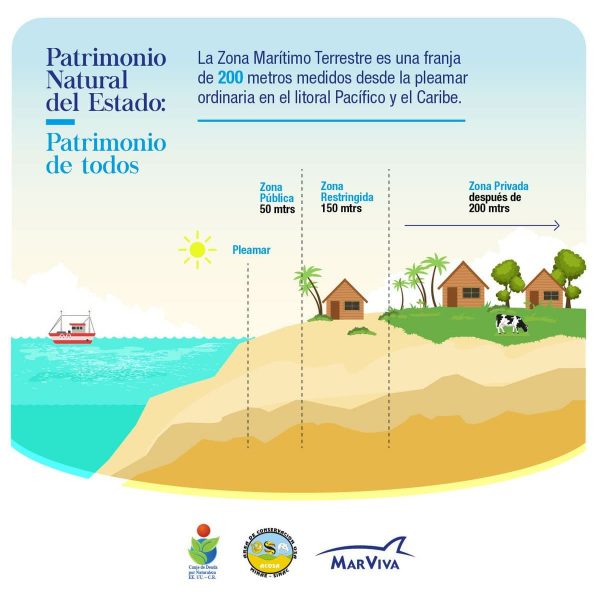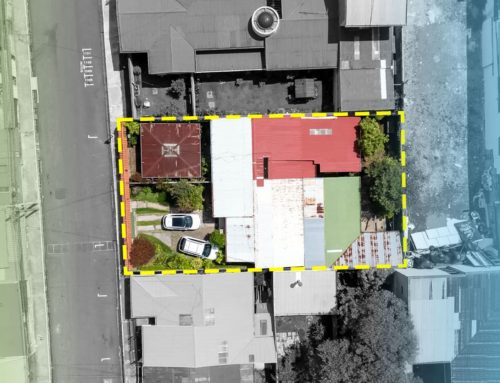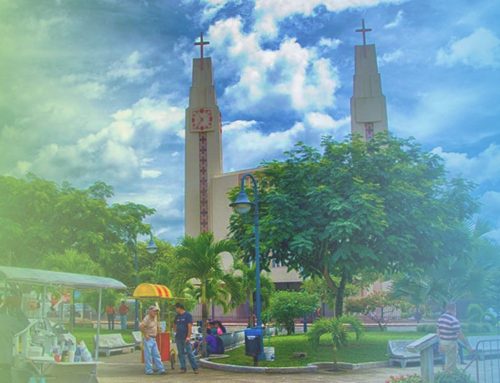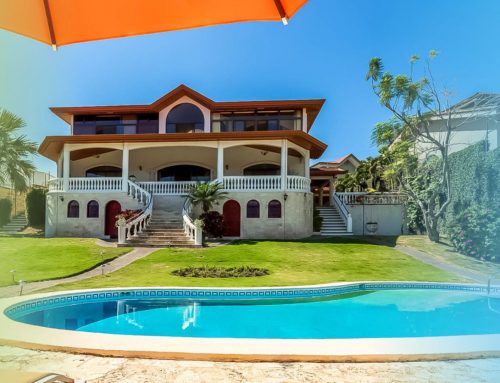Costa Rica is characterized by its natural diversity, and the preservation of ecosystems is a priority. The Maritime Terrestrial Zone in Costa Rica is a law regulates the use of and access to coastal areas, establishing restrictions to protect the environment and ensure public access.
In this article, we explore the main features of the Maritime Terrestrial Zone Law in Costa Rica and how it influences tourism and real estate projects, ensuring that they do not affect the ecosystem or the community’s right of access.
What is the Maritime Terrestrial Zone (MTZ)?
The Maritime Terrestrial Zone Law establishes that the first 200 meters of land from the sea are administered by the State. This includes islands, islets, sea rocks and any formation that rises above sea level.
The zone is divided into two parts:
- The public zone, which includes the first 50 meters from the ordinary high tide and the area that is uncovered at low tide.
- The restricted zone, which corresponds to the next 150 meters and is administered by the local government for concessions and special permits.
Local governments in coastal areas administer and regulate this law. Depending on where you want to invest, it is important to know the special requirements for building or investing in the restricted zone. Check for the latest version of this law.
The Public Zone and the Restricted Zone
As mentioned above, the MTZ is divided into three parts. Each of these strips has specific restrictions, which are as follows:
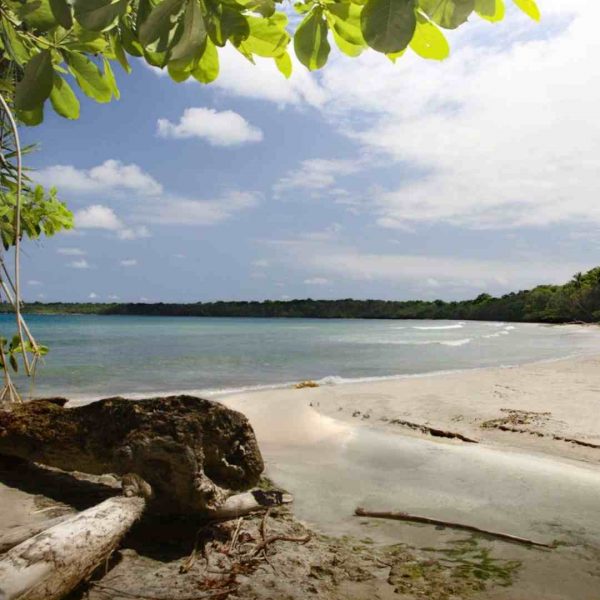
Public Zone
This is the first 50 meters from the high tide line. This is a public access area, so it is prohibited to build or develop private property. This area is exclusively for the free access and enjoyment of all. This allows the beaches to remain free for all visitors.
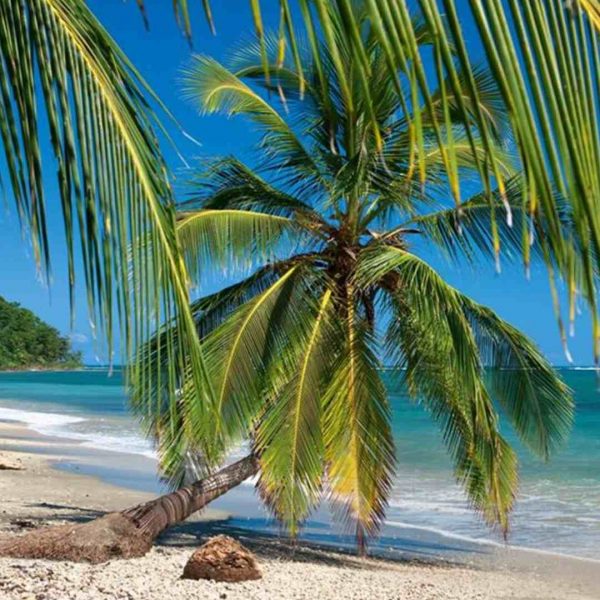
Restricted Zone
It is the next 150 meters after the public zone. This area is designated for the granting of concessions for tourism or real estate development, as long as they comply with established environmental and infrastructure regulations. These concessions will be administered by local governments and the Costa Rican Tourism Institute (ITC).
Why is the Maritime Terrestrial Zone important in Costa Rica?
The MTZ protects coastal ecosystems and ensures access to beaches. It promotes the sustainability of tourism and allows for the development of real estate projects in a controlled and environmentally friendly manner.
For those who wish to invest in coastal areas, understanding and complying with MTZ regulations is not only a legal obligation, but also a way to contribute to the preservation of the natural beauty and biodiversity that Costa Rica offers the world.
And if you are interested in acquiring a property on our Costa Rican coasts, do not hesitate to contact our advisors at Nativu Guanacaste, Nativu Pacifico and Nativu Osa. We will be happy to assist you.


